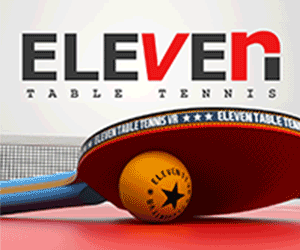Hi everyone, I have a question about how-to pair this rubber.
Previously I have used Rakza 7 on a 5 ply limbe topped blade, and it was very good. It encouraged me to complete my stroke and encouraged me to hit hard with it.
However I tried to put this on Carbonado 45, and I just couldnt feelt he grip anymore. It felt like it just penerated the rubber/sponge, rebounced by the blade, and then shot out without gripping and spinning the ball. Is it because carbonado 45 is relatively stiff and hard compare to a 5 ply limba topped blade? Or is it the rubber is relatively soft and it just doesnt work as well on a carbon blade?
Is it also related to the notion (in Dan's review) that there isn't as much grip and/or "purchase" on this rubber
I've used Rakza 7 on several blades, Viscaria, Innerforce AL, Korbel, Virtuoso, Harimoto ALC, Primorac OFF-, Hadraw VK, Acoustic, and it felt great on both FH and BH on all of them.
I haven't tried the Carbonado 45, but I know it's a particular blade in that it's a low/soft carbon-type, which can be a bit muted, so maybe that has something to do with it. But it could likely be more based on the bellow:
Based on your impressions, it seems like to you, Rakza 7 feels relatively soft, whereas I find it relatively hard (both are legit). In the same fashion, it seems like you find Carbonado 45 to be stiff, whereas I would probably find it to be soft and flexible. Personally, I prefer a hard rubber on a soft and flexible blade, so I likely wouldn't want a rubber I perceived to be soft on a blade I perceived to be stiff. I know for others, it's the other way around.












